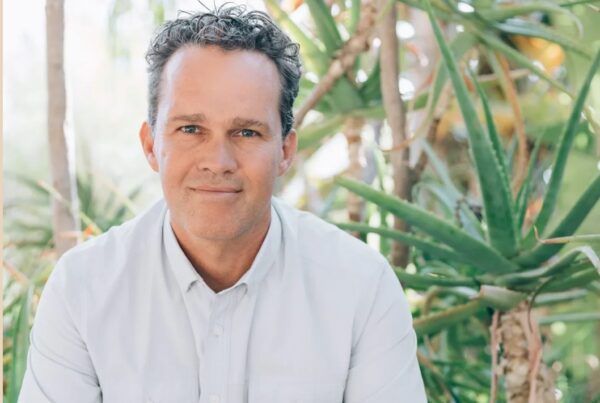We’ve all heard that exercise is good for us, but do we really understand the benefits that can come from regularly breaking a sweat? Although we must get older (think of the alternative), we can escape from the usual decline associated with aging. We have control over how “successfully” we age. Once we accept that, we can look at the best ways to age well. At the top of the list is exercise.
Social media constantly bombards us with articles and posts about how celebrities seem to be looking younger every day. A common theme among stories about ageless celebrities is that they stay active…and not just Millennials. I saw a photo of Helen Mirren in a bikini… fantastic. Exercise is one of the essential secrets to aging well. It can even delay the aging process itself, say many geroscientists. They should because they are the folks that study how we age.
And yet, approximately 50% of Americans, according to surveys, claim that they do not ever exercise. How can that be? Read on and discover the surprising answer.
The Kitalys Institute hosted a global discussion on the age-related benefits of exercise. The Kitalys Institute is a unique nonprofit that aims to have the US develop a science-based national policy on healthy longevity. To that end, it presents free webinars on important issues and ways to intervene in the spread of chronic disease.
In their most recent webcast, the Kitalys Institute brought together Stanford geroscientist Tom Rando and Harvard evolutionary anthropologist Dan Lieberman to discuss aging and exercise. The Head of Research and Development at Life Biosciences, Dr. Joan Mannick, moderated the talk. The geroscientists discussed the molecular and biological mechanisms underlying the benefits of exercise in stalling age-related decline.
What emerged was a fascinating look at how we should exercise and the answer to why we do not!
The evolution of exercise
Have you ever wondered why animals deteriorate with age and die soon after they give birth? According to Darwin and most theories of evolution, the purpose of all species is to reproduce. After that, they become obsolete. Once animals stop reproducing, they enter what’s called the selective shadow,
“The selective shadow is when …natural selection doesn’t care about us anymore…After all, the life purpose of animals is (to make) offspring who in turn survive and reproduce. Once they stop reproducing, the parent no longer has any relevance to natural selection and fall off the screen,” explains Dan Lieberman, anthropologist.
That is true of people, too. Right? Wrong!
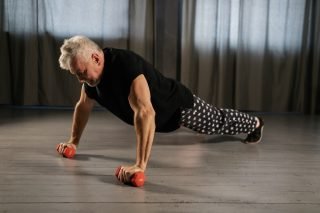
Photo by Alena Darmel from Pexels
Unlike many animals, humans have evolved to live long after we have stopped reproducing. While there are many reasons behind how humans have managed to do this, Anthropologists purport that one contributing factor is moving, what we call exercise.
“I would make the case that healthy longevity is both a cause and an effect of physical
activity” explains Lieberman. He uses three sub hypotheses to explain this idea.
- Humans evolved to be more physically active than our ape ancestors.
- Humans evolved to remain physically active as we age.
- Natural selection, the survival of the fitness, means that the stronger, more exercised humans had more kids, making stronger humans, and so on. Those evolutionary “jocks” produced offspring with natural-born tendencies toward physical activity to promote healthspan and lifespan. Even after childbirth, we humans lived on.
The secret to Longevity
“If you look at the societies around the world you know, Sardinia, Okinawa, that have supposedly the longest-lived people, you know, on average, they do have the longest-lived people, and you start to look, what do they do? Well, they don’t exercise, and what I mean when I say exercise, what I mean is they don’t go to the gym,” explains Thomas Rando. He goes on to point out that while they don’t go to the gym, they still remain active. “They don’t do something to exercise, they just are active, that’s their lifestyle.”
Dr. Lieberman echoes these thoughts, reminding us that there’s a distinction between exercise and physical activity,
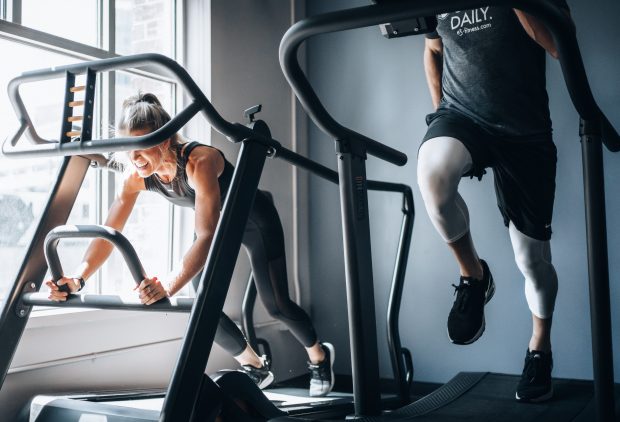
Photo by GRAHAM MANSFIELD on Unsplash
“Physical activity is just doing stuff. Exercise is discretionary, voluntary physical activity for the sake of health and fitness. It’s a very modern, strange thing, but in these populations where people don’t exercise, but they’re physically active, they maintain grip strength as they age”
Grip strength and fast walking are two indications that older adults are younger biologically than their years.
So here you have it. Activity, constant and natural, not a yoga appointment on your calendar or a Zumba lesson, is the way humans SHOULD move to live beyond their evolutionary destiny.
And that worked up until the 19th century or so…what happened?
You know…the industrial revolution, the lack of need to toil in the fields for food, and now the computer…we don’t ever have to move for survival. We became couch potatoes. Watch the movie Wall-E, and you will see how all of us can become slugs when life is too easy.
So, if you criticize yourself for not going to the gym, stop. Bend, move, walk, shovel, garden, box, do push-ups but move. And if you are exercising at a gym or with a routine, never stop at any age. If you find it hard to exercise, join a group and motivate each other.
There is so much more to discover about aging and exercise. To read more about what the experts said about this fascinating subject, watch the complete panel discussion.
WATCH THE VIDEO
The video interview with these panelists contains the full dialogue of this interview, and you can watch it below.
Who are the experts?
Daniel Lieberman, PhD
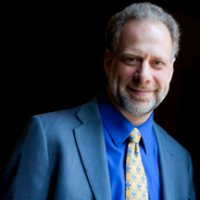
Daniel E. Lieberman
Daniel Lieberman is a paleoanthropologist at Harvard University, where he is the Edwin M Lerner II Professor of Biological Sciences, and Professor in the Department of Human Evolutionary Biology. Dr. Lieberman studies how and why the human body is the way it is, with a primary focus on the evolution of physical activity. His research combines paleontology, anatomy, physiology, and experimental biomechanics in the lab and the field.
Most of his research has focused on the evolution of human locomotion including whether the first hominins were bipeds, why bipedalism evolved, the biomechanical challenges of pregnancy in females, how locomotion affects skeletal function, and, most especially, the evolution of running.
His 2004 paper with Dennis Bramble, “Endurance Running and the Evolution of the Genus Homo” proposed that humans evolved to run long distances to scavenge and hunt. His research on running in general, especially barefoot running, was popularized in Chris McDougall’s best-selling book Born to Run. Dr. Lieberman is an avid marathon runner, often barefoot, which has earned him the nickname “The Barefoot Professor”.
Thomas Rando, MD, Ph.D.
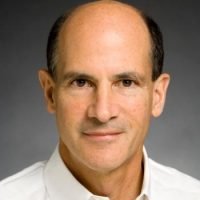
Thomas Rando
Dr. Rando is a Professor of Neurology and Neurological Sciences at Stanford University, where he is also the Director of the Glenn Laboratories for the Biology of Aging. He is the Chief of Neurology and Director of the Rehabilitation Research & Development Center of Excellence at the Veterans Affairs Palo Alto Health Care System and founding director of the Muscular Dystrophy Association clinic at the Stanford Medical Center.
Research in his laboratory focuses on tissue-specific stem cells in aging and disease. It also focuses on pathogenetic mechanisms and gene therapy for muscular dystrophies. His research on aging has demonstrated that it is possible to identify biochemical stimuli that can induce stem cells in old tissues to repair injuries as effectively as in young tissues. This work has broad implications for the fields of regenerative medicine and stem cell transplantation.
Joan Mannick, MD (Moderator)
Joan Mannick currently serves as Head of Research & Development at Life Biosciences, a leader in developing and commercializing science that extends a healthy human lifespan. Before this position, she served as co-founder and chief medical officer at resTORbio, recently acquired by Adicet Bio. Before that, she was the New Indications Discovery Unit executive director at Novartis Institutes of Biomedical Research. Here, she led the clinical-stage mTORC1 program licensed by resTORbio.
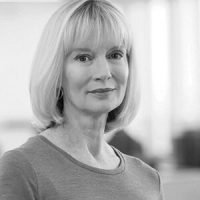
Joan Mannick
Before joining Novartis in 2010, Dr. Mannick was a medical director at Genzyme Corporation leading an investigator-sponsored program for early-stage oncology products. She has also served as a faculty member at Harvard Medical School and the University of Massachusetts Medical School. Dr. Mannick received her AB from Harvard College and her MD from Harvard Medical School. She completed her residency at Brigham and Women’s Hospital. She followed this with a fellowship in infectious diseases as part of the Harvard Combined Infectious Diseases Program.
The Kitalys Institute
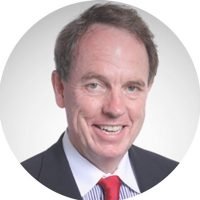
G. Alexander (“Zan”) Fleming, M.D.
The mission of The Kitalys Institute is dedicated to catalyzing the prevention of chronic disease and increasing healthspan through a variety of initiatives. The institute’s original organizer is Kinexum, a strategic advisory firm that provides regulatory and clinical development guidance for life science product development. Kinexum’s founder and Executive Chairman is G. Alexander (“Zan”) Fleming, M.D.


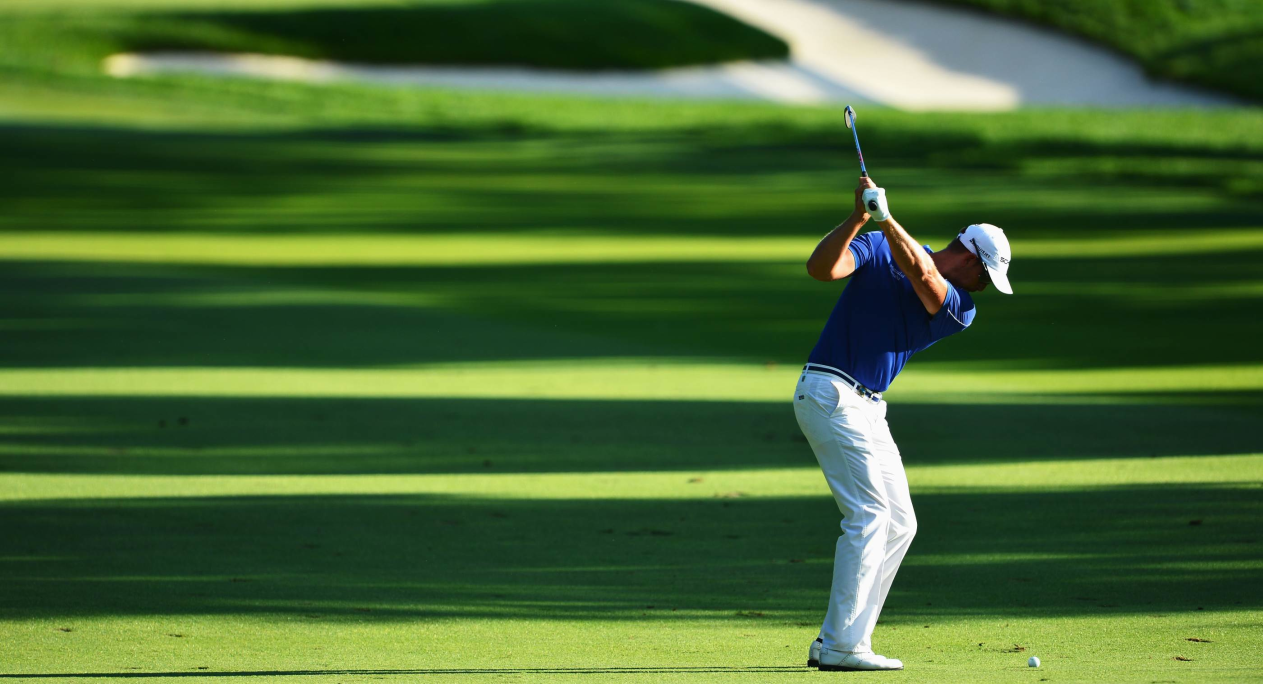


![women [longevity live]](https://longevitylive.com/wp-content/uploads/2020/01/photo-of-women-walking-down-the-street-1116984-100x100.jpg)





